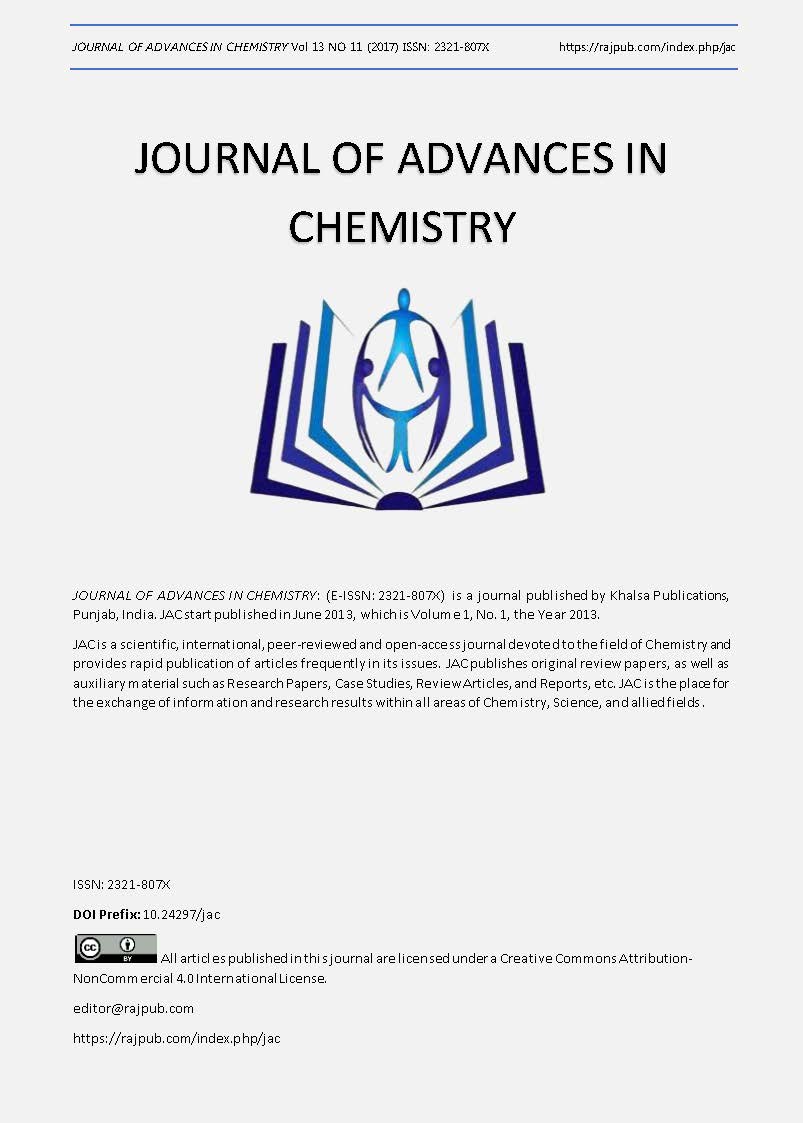Mechanical Properties of Randomly Oriented Calotropis Gigantea Fiber-Reinforced Phenol Formaldehyde Biocomposites
DOI:
https://doi.org/10.24297/jac.v13i11.5910Keywords:
Natural fiber, Biocomposite, Theoretical models, Scanning electron microscopeAbstract
Mechanical properties such as tensile, flexural and impact, of randomly oriented Calotropis Gigantea Fiber (CGF) -reinforced Phenol Formaldehyde (PF) biocomposites were studied based on the five different fiber loadings (10, 20, 30, 40, and 50 vol%) and three different fiber lengths (3, 9, and 15 mm). The critical fiber length and optimum fiber loading were identified with the maximum level of mechanical properties in this composite. The fractured surfaces of composites after testing were studied by scanning electron microscope (SEM). The results revealed that the addition of CGFs is improving the mechanical properties of the PF composite. The properties of composites reach the properties of the neat resin sample at 20 vol% of all the cases. The critical fiber length and the optimum fiber loading to obtain the maximum mechanical properties were identified as 9 mm and 40 vol% respectively. Experimental tensile property values were compared with theoretical values and found to be in good agreement.
Downloads
References
2. Athijayamani, A., Stalin, B., Sidhardhan, S. and Boopathi, C. “Parametric analysis of mechanical properties of bagasse fiber-reinforced vinyl ester compositesâ€, J. Compos. Mater., Vol.50(4), pp. 481-493, 2016.
3. Barbhuiya, A.H. and Ismail, K. “Effect of fiber length and loading on the properties of Schumannianthus dichotomus (murta) fiber–reinforced epoxy compositesâ€, Int. J. Polym. Anal. Charact., Vol. 21(3), pp. 221-227, 2016.
4. Watt, G. Madar (Calotropis gigantea, R. Br. In Bulletin of Miscellaneous Information (Royal Gardens, Kew). Published by Springer on behalf of Royal Botanic Gardens, Kew, 157/168, pp. 8-12, 1900.
5. Nart, T., Poonsab, S. and Gritsanaruck, T. “The environmental implications of the use of Calotropis gigantea as a textile fabricâ€, Agric. Ecosyst. Environ., Vol.11(3), pp. 203 – 212, 1984.
6. Singh, N., Yunus, M., Srivastava, K., Singh, S.M., Pandey, V., Misra, J. and Ahmad, K.J. Monitoring of auto exhaust pollution roadside plants. Environ. Monit. Assess., Vol. 34, pp. 13-15, 1995.
7. Ashori, A. and Bahreini, Z. “Evaluation of calotropis gigantea as a promising raw material for fiber-reinforced compositeâ€, J. Compos. Mater., Vol. 43(11), pp.1297-1304, 2009.
8. Ku, H., Wang, H., Pattarachaiyakoop, N. and Trada, M. A review on the tensile properties of natural fibre reinforced polymer compositesâ€, Compos. Part B., Vol. 42, pp. 856–873, 2011.
9. Tucker, C.L. and Liang, E. Stiffness predictions for unidirectional short fiber composites: review an evaluationâ€, Compos. Sci. Technol., Vol. 59, pp. 655-671, 1999.
10. Fukuda, H. and Takao, Y. Thermoplastic properties of discontinuous fiber compositesâ€, Compr. Compos. Mater., Vol. 1(13), pp. 377-401, 2000.
11. Kalaprasad, G., Joseph, K., Thomas, S. and Pavithran, C. “Theoretical modelling of tensile properties of short sisal fiber-reinforced low-density polyethylene compositesâ€, J. Mater. Sci., Vol. 32, pp. 4261-4267, 1997.
Downloads
Published
How to Cite
Issue
Section
License
 All articles published in Journal of Advances in Linguistics are licensed under a Creative Commons Attribution 4.0 International License.
All articles published in Journal of Advances in Linguistics are licensed under a Creative Commons Attribution 4.0 International License.




